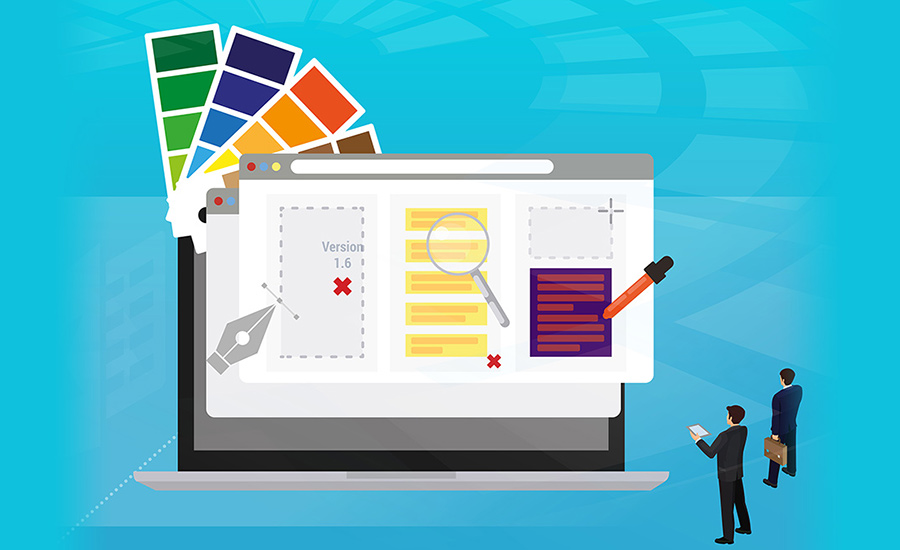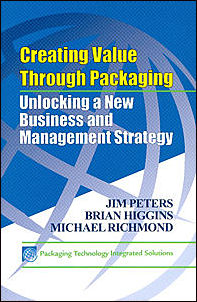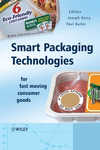Imagine juggling dozens or hundreds of packaging projects, each with countless variations, and the de facto mode of managing these projects involves sifting through a patchwork of lengthy manual processes; various stakeholders; and countless printed documents, emails, pdfs and spreadsheets.
If the above wasn’t maddening enough, also envision the painful results of such manual approaches, including inconsistent data, crippling bottlenecks, poor visibility, human errors, operational silos, excessive revisions, a version control nightmare and, ultimately, delayed time to market and lost revenue. Unfortunately, these frustrations are an all-too-common reality for countless organizations today.
If you’re already feeling the onset of a massive migraine, then I’m sure you grasp the challenges of artwork management, as well as the need to adopt best practices to streamline these processes. The root of these problems often resides in manual approaches many have relied on for years, but in today’s digital world, are outdated and unsustainable for a business to grow.

Courtesy of Loftware
Ditching Excel And Emails
Delayed time to market can quickly eat into profits, and artwork management is often one of the biggest bottlenecks in a product lifecycle. The fact is using various manual processes at once gets confusing, and while programs like Excel, Outlook and Google Docs are great, they may not be optimized for artwork management, especially at scale.
For instance, a manual workflow for a member of a print or product operations team may involve shifting from Adobe to an email application to gain approval for artwork. Teams may also find themselves using a spreadsheet to track progress, while also having to scroll through a Google document to find approved copy. This type of system may mean navigating between various programs to find the most recent artwork, or working through several branching email chains to finalize reviews. Such a process can waste time, make it hard to see who changed what and when, and lead to many confusing mix-ups — like people working off an incomplete or wrong-versioned document.
Scheduling can also be difficult if teams are only using spreadsheets and other manual approaches. Even with intricate efforts — such as setting up a detailed, color-coded Excel file — teams will likely experience human error, a lack of consistency or insufficient bandwidth, and time to keep documents organized manually.
A lack of visibility means leaders won’t be able to accurately see where all the required elements of a packaging pipeline are at all the time. For instance, even if one team produces their work on time, another may not be ready yet, or there might be externalities, such as designers or printers that need more time. For example, team members might be performing work on time, but the legal department might be struggling to keep pace with approving copy and images.
If the product packaging team can’t see into the status of the projects, workflows and stakeholders, bottlenecks may not be addressed, leading to unexpected delays that could have been prevented.

Courtesy of Loftware
A Path To Better Artwork Management
Teams can drastically cut the time they spend on artwork management by adopting a centralized and automated approach with full stakeholder accountability and workflow visibility. This can be achieved with a modern artwork management system that is easy to use and install.
Modern artwork management systems can enable users to see detailed information about each task they own, helping to speed up processes and reduce time to completion. Enhanced visibility also enables stakeholders to track and manage packaging artwork development and approvals faster and more efficiently. For example, an artwork management solution can automate critical paths with real-time intelligent workflows and identify which projects are at risk of running late.
Proofing and version control also becomes much easier. For example, a modern system can automatically track all changes to reduce content approval times. Users can also compare various versions of art or documents, in real time, down to the pixel level or to spot even the most minute changes. This can go as far as showcasing any graphical or text changes between all versions, and ensures only the requested changes have been made.
Modern artwork management solutions can also eliminate the need to switch between different pdfs, emails, spreadsheets and other programs. Instead, a dynamic asset packaging library can allow teams to have full artwork version control of any size and type of digital asset, with configurable metadata and full integration with artwork projects. A full library that is easy to work inside can eliminate rework and help teams regain total control of their assets.

Courtesy of Loftware
Don’t Put Off Modernizing Artwork Management
Artwork management plays a critical role in the physical presentation of a product to consumers and also conveys info that can be heavily regulated by state and government organizations. Therefore, anything that gets between artwork managers and their job function can create a major roadblock for an entire business.
Using the latest automated approaches will help teams transform project management and streamline the packaging concept to shelf process, enabling organizations to improve control and regulatory compliance, lower costs, decrease complexity and perhaps most important, reduce time to market.






